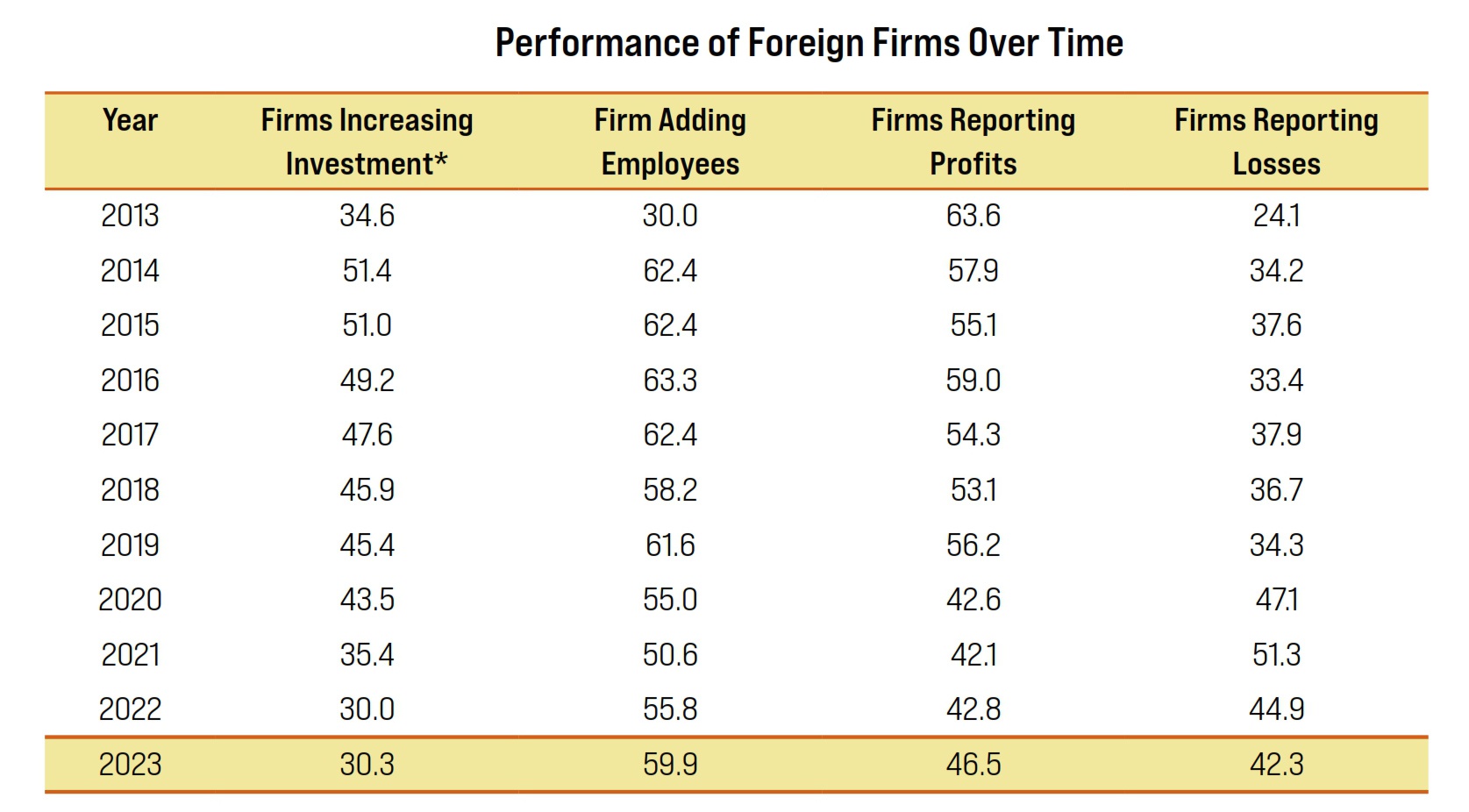Getting a handle on banks’ bad debts
 The banking system has a bad debt ratio of less then 3 per cent currently, according to the State Bank. However, some experts assume the actual figure might be higher and is on the rise. Is that the case?
The banking system has a bad debt ratio of less then 3 per cent currently, according to the State Bank. However, some experts assume the actual figure might be higher and is on the rise. Is that the case?
Vietnam’s bad debt issue is absolutely not a new story. The rate peaked more than 13 per cent in the late 1990s. By that time, Vietnam joined efforts with the International Monetary Fund (IMF) to expedite local banking system’s reshuffle programme with some banks being put under special supervision alongside reforming state-owned enterprises.
Vietnamese banks’ bad debt rate fell to 2.5 per cent in late 2010, it would come to 3.2 per cent if Vinashin’s bad debts to banks were taken into account.
Growing bad debts and overdue debt is inevitable amid government’s ongoing credit tightening policies, curtailed public investment and rising input expenses.
The banking system’s current bad debt is around 3 per cent, according to central bank and would be kept at less than 5 per cent this year.
What sorts of remedies are needed to prevent bad debt and limit risks?
 Vietnam’s banking system currently faces diverse risks such as liquidation, bad debts or erroneous terms. Such risks derive from weak macro-economic fundamentals like the economy’s high dolarisation, unpredictable occurrences in the domestic and world business climates and companies’ poor management expertise.
Vietnam’s banking system currently faces diverse risks such as liquidation, bad debts or erroneous terms. Such risks derive from weak macro-economic fundamentals like the economy’s high dolarisation, unpredictable occurrences in the domestic and world business climates and companies’ poor management expertise.
Especially, though local financial and banking system is more ‘sophisticated’ nowadays, the system needs strong improvements in respect to risk management and supervision capacity.
To deter bad debts and other risks from augmenting, it is essential to quickly ameliorate financial institutions’ risk management as well as Vietnam’s financial supervisory system.
In the meantime, an early warning system must be established parallel to outlining diverse scenarios to deal with any ‘breakdown’ of the banking system to limit damages of relevant parties as well as minimise systematic risks due to financial risk’s pervasion nature.
The problem is that any systematic risk, if not settled in a timely manner, will lead to a financial and economic crisis. Losses would be great if the economy and the society faces a crisis.
Reality shows that credit institutions or commercial banks on the verge of going collapsed were often rescued by the government. That is not a favour, but it is to avoid the banking system and the economy being hurt.
It is said that a cautious approach is needed when it comes to information transparency requirements, particularly in respect to sensitive information like bad debts to avoid causing big consequences. Is this right?
In my view, information transparency is important, including that about sensitive matters such as bad debt issue. In the meantime, one should make clear what transparency means. Transparency does not mean nations and financial institutions do not have any secrets. Transparency does not mean everything must be aired in public.
What the stars mean:
★ Poor ★ ★ Promising ★★★ Good ★★★★ Very good ★★★★★ Exceptional
Related Contents
Latest News
More News
- Cai Mep LNG Terminal to start commercial operations in September 2024 (May 09, 2024 | 14:25)
- Climate tech startups grab unique opening (May 09, 2024 | 14:00)
- VinFast transforms business growth plan (May 09, 2024 | 10:26)
- Electric vehicles gradually proving their superior value (May 09, 2024 | 08:00)
- Bac Ninh draws nearly $1 billion of FDI in first four months (May 08, 2024 | 12:28)
- Tetra Pak to expand manufacturing facility in Binh Duong (May 08, 2024 | 11:57)
- Land clearance for $2 billion Thai Binh LNG power plant set for completion in January 2025 (May 08, 2024 | 11:54)
- FDI flows strongly into manufacturing, real estate (May 08, 2024 | 09:19)
- MPI to amend Decree 35 on the implementation of PPP regulations (May 06, 2024 | 19:07)
- Doosan wants to develop LNG project (May 06, 2024 | 19:01)

 Tag:
Tag:



















 Mobile Version
Mobile Version